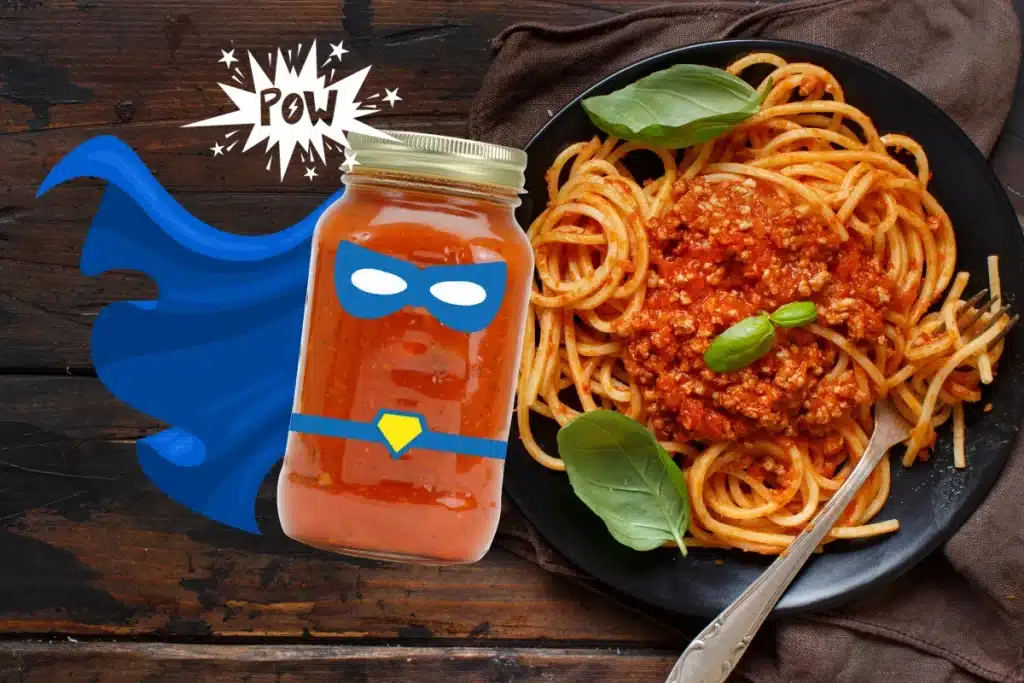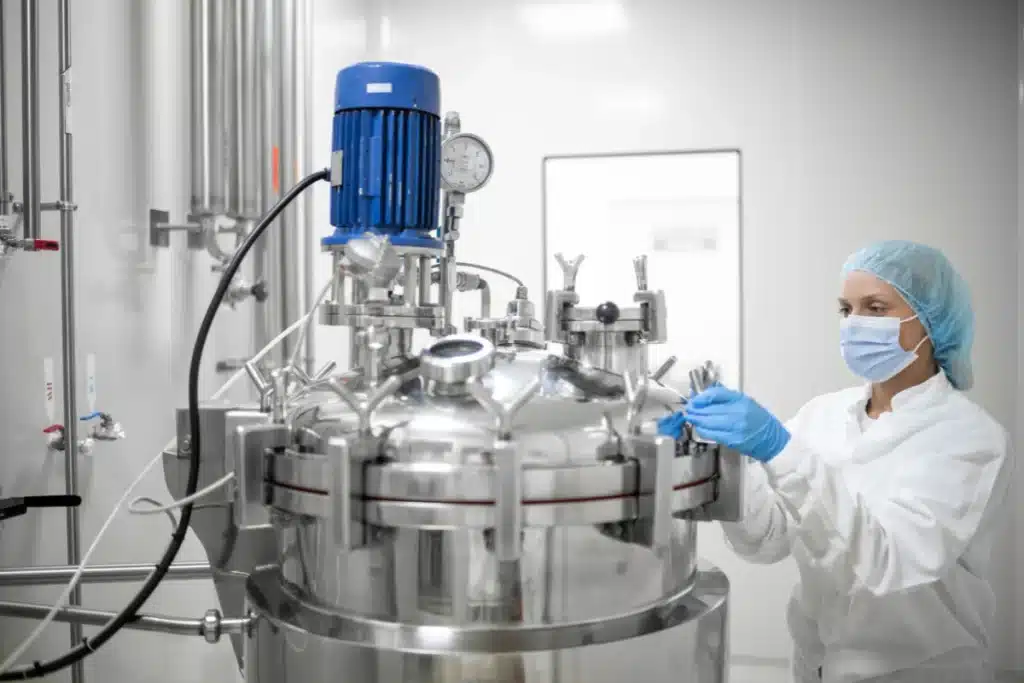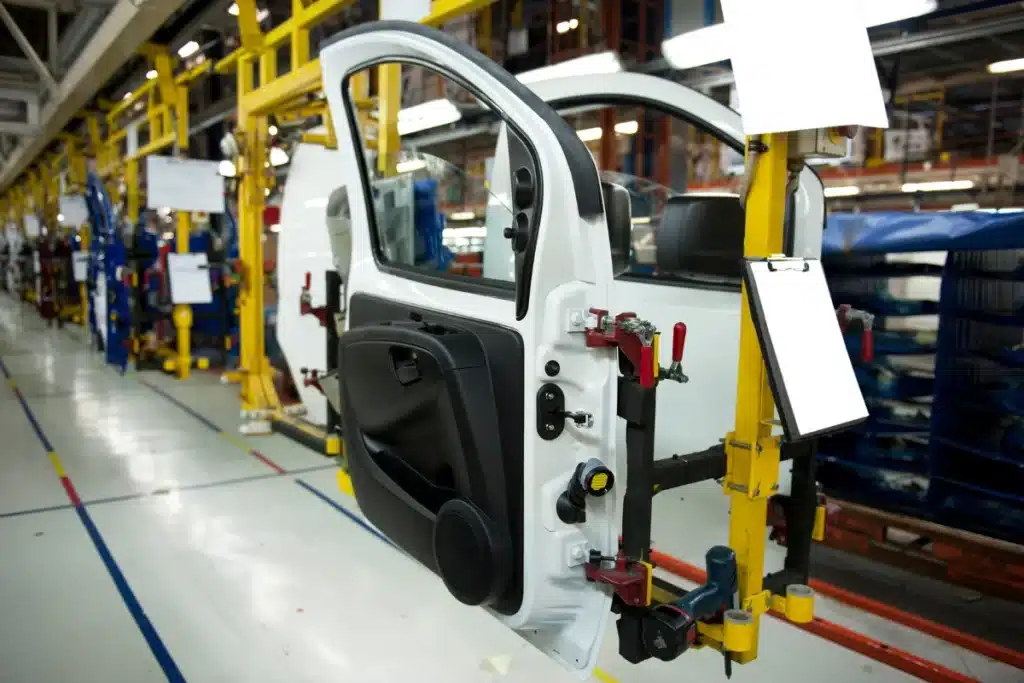Sauce is more than just a flavor additive in most dishes. It’s nutrient-rich and naturally low in fat primarily because of the ingredients used in manufacturing, which mainly include vegetables.
Spaghetti sauce is among the most popular variations available in the market. Unfortunately, most individuals who enjoy it don’t know everything required to stock the jars on shelves. Here is a comprehensive chronicle of the life of a jar of spaghetti and how it moves across the food distribution channel.
How Spaghetti Sauce Moves Across the Supply Chain
The spaghetti sauce manufacturing process is not as easy as most assume. There are several complexities involved, from recipe management to sterilization and packaging. It makes it crucial for these manufacturers to leverage systems like enterprise resource planning (ERP) to streamline their manufacturing and distribution processes.
Research shows the first-ever sauce was created in ancient China and was a brine made from shellfish. The trend gradually evolved and spread to the rest of the world, including Malaysia and Europe. However, since some exotic ingredients were not easily accessible, English chefs had to consider replacements like almonds and oysters.
So, how does the mighty spaghetti sauce move across the supply chain?
Production
The first step in the spaghetti sauce supply chain is production. It is the most crucial step in the process as it dictates the taste and quality of the jar of sauce. Note that the manufacturer’s size doesn’t determine the sauce’s quality but the ingredients used.
Here are the several steps to follow when manufacturing sauce:
Pulping
The spaghetti manufacturing process starts with pumping precooked and sliced tomatoes into cyclones. These machines separate the pulp from the stems, seeds, and skins, and then the pulp is filtered and processed.
Even the slightest variations in the recipe can significantly affect the jar’s taste and texture. For example, a higher sugar and spices ratio guarantees a thicker consistency. Implementing an ERP will help create and reproduce the perfect sauce recipe and help your business scale faster.
Adding Ingredients and Cooking
The pulp is then pumped into cooking tanks, heated to boiling, and maintained at 80 degrees Celsius. It also gets mixed with defined proportions of sugar, salt, vinegar, spices, and flavorings. Volatile oils are added later on in the boiling process to prevent evaporation.
The mixture should boil for around 30 to 40 minutes. To circulate it, rotating blades are introduced into the cooking kettles. Temperature control is crucial during this process to prevent overcooking and is another reason you need an effective manufacturing system.
Finishing
The mixture extracted from the cooking tanks is an almost-ready sauce version. The process requires you to feed the extracted mixture in a finishing-to-finish process. These machines guarantee a smoother consistency by removing extra fiber and particles using screens.
Removing Air
Air is detrimental to the shelf life of a jar of spaghetti sauce. You must de-aerate it to mitigate bacterial growth and discoloration. Air pockets in your sauce show excess air, compromising other processes.
Filling and Cooling
The next step is moving the sauce from the receiving tanks to the filling machines. This process must occur at a temperature not below 88 Degrees Celsius to avoid contamination. It’s crucial to store the sauce in containers immediately after processing to maintain product freshness.
Manufacturers must cool these containers through stack burning to avoid flavor loss. They can either use cold water or cold air.
Labelling and Packing
Most consumers don’t understand the significance of product packaging. The ideal package should feature relevant product information like ingredients, place of manufacture, manufacturing date, and shelf life.
Packaging
There are strict processing and packaging requirements in the food manufacturing industry. Spaghetti sauce manufacturing companies must ensure they effectively meet these requirements to operate without complications like recalls and consumer lawsuits.
Sauce is among the foods that must go through a processing plant. Manufacturers need solutions like ERP to streamline their processes and ensure their products are safe for consumption. Your ERP will make it easy to navigate these compliance issues by ensuring all methods are safe and smooth and critical dates are respected.
Shipping and Distribution
Shipping involves delivering the processed cans of spaghetti sauce to a distributor. Distributors act as a link between the consumer and manufacturer and engage in other value-adding activities. It gets delivered to their warehouses, where they store them awaiting orders.
Distributors then sell the sauce to retailers. Retailers can be anybody, from grocery store owners to massive retail stores. Your distribution channel significantly depends on your relationship with your distributors and retailers.
Implementing an ERP means you’ll effortlessly build valuable relationships. Solutions like GoldFinch ERP feature a CRM module to help manage stakeholders, including your distributors and retailers.
Does Spaghetti Sauce Need Marketing?
Marketing is crucial for every business to maintain a competitive edge in your industry. You’ll need to follow some essential marketing and selling principles to effectively market your products to the public. They include:
Determining Legal Responsibility
There are several state and federal rules and regulations spaghetti manufacturing firms must meet to introduce their products in the market legally. It primarily depends on the plant’s location and where you plan on selling.
Execute Market Research
Market research is also crucial when joining the ever-competitive food manufacturing industry. Start with competitor research to identify unique pricing strategies. Then, proceed to customer research to understand customer needs and expectations. It’d also be wise to have different variations of the spaghetti sauce to attract a wider pool of consumers.
Test Sales
Before introducing your spaghetti sauce recipe, it would help to test its market reception. Find some reputable restaurants and retailers and provide them with attractive offers and samples. It’d help to make the objective of this project; the more favorable your reactions are, the easier it is to get distributors.
How Can GoldFinch Help
GoldFinch is the perfect solution to streamline and scale your food and beverage distribution and manufacturing. It comes with a complete food industry module to address the intricate requirements of spaghetti sauce processing.
Implementing GoldFinch ERP guarantees superior inventory management to ensure you never run out of production materials. It also becomes easier to trace ingredients during recalls, automate most processes, and leverage other technologies for accurate reporting and analytics.
Looking to stir things up? Contact us today to get started.



